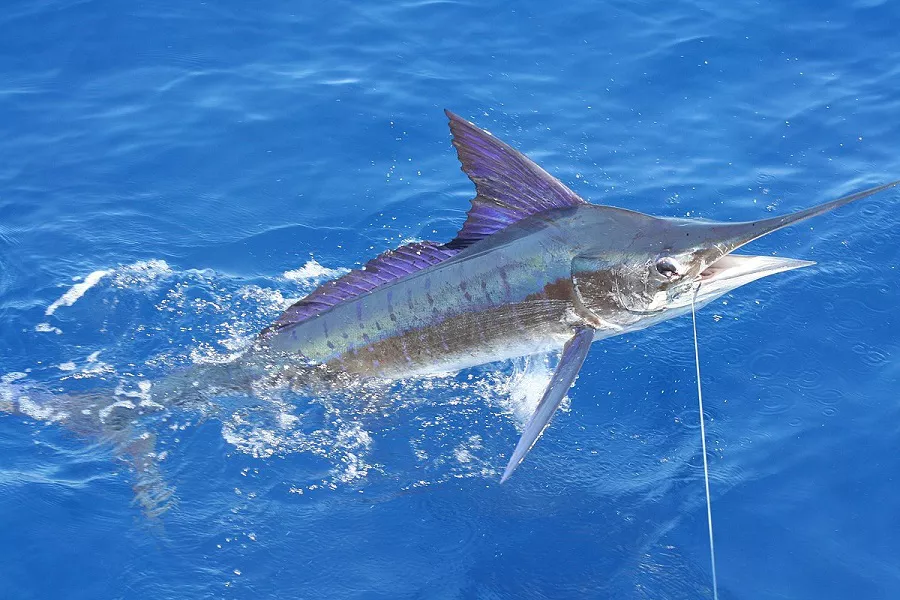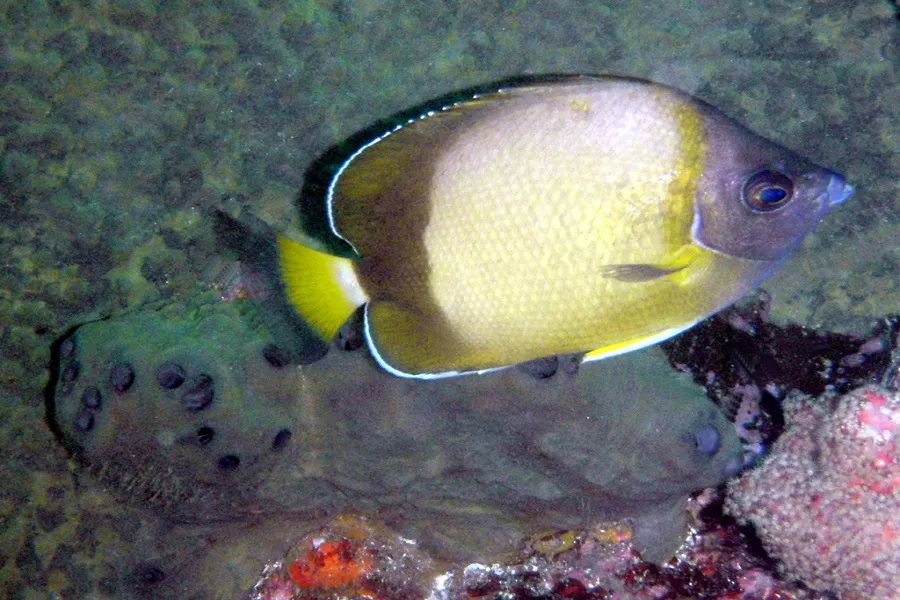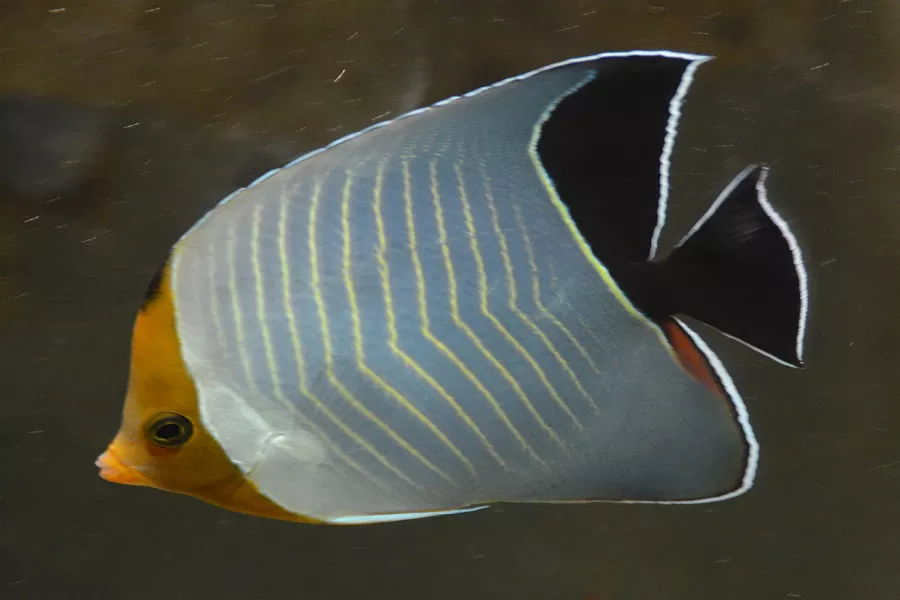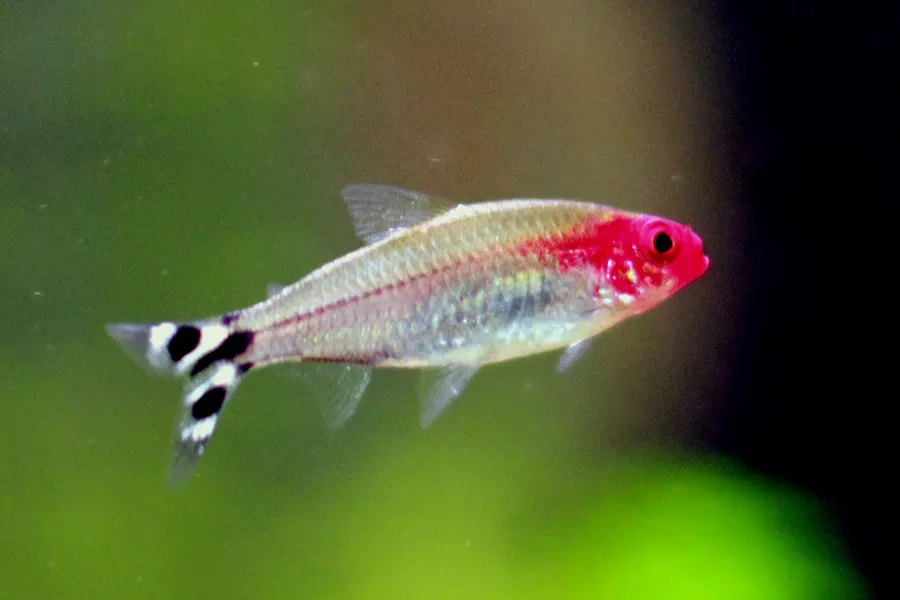What is flagfish?
The flagfish are classified into Mackerel, Sailfish, and Sailfish, and there are two common types: Oriental Sailfish and Grey Sailfish. It is an oceanic pelagic fish active in the tropics and subtropics. It is ferocious in nature and fast swimming, can swim 60 miles per hour, is the crown of all kinds of fish swimming.
It is huge in size, generally two to five meters long, elongated and slightly flattened. It is covered with thin scales, and there are grayish-white round spots on the blue-brown fish. The upper jaw of the mouth is like a sharp long sword, which is very prominent. The first dorsal fin with black spots on the back exceeds the height of the body, and the middle part is about twice as high as the body of the fish, like a sail, and also like a flying flag. Therefore, this fish is called sailfish.
What does flagfish look like?
The body shape is like a moon fish, blunt, round and strong, into a spindle shape, the tail handle is also wide, and it is bifurcated in an “eight” shape. The snout is blunt and rounded. The outer edge of the caudal fin is straight. The dorsal fin is larger than the anal fin, the edges of the dorsal and anal fins are arc-shaped, and the body color is changeable, with red, light yellow, blue, purple red and other colors, dark or shallow, blue or red, and the upper jaw protrudes forward like a sword. On the blue-brown body, there are gray-white spots, which are arranged in vertical rows and look like dotted lines. The first dorsal fin of the sailfish is long and tall, and the upper edge of the front end is concave. When they are erected, they are like a sail raised on a ship, or like a flag being pulled. That’s why people call it sailfish.
There is a distance between the second dorsal fin and the first dorsal fin, and the anterior spine of the first dorsal fin is about 1/2 the length of the middle spine. There are many pale spots on the body. The first dorsal fin is soft and tall, sail-like. The pelvic fins are long, with only one spine, which can be folded into the ventral concave and reach several anal fins. Except for the exposed muzzle, the rest are covered with needle-shaped round scales, mostly buried under the skin. The caudal peduncle is thin, with 2 short, low raised ridges on each side. The snout extends forward, long and pointed, like a sword. Pectoral fins low. The head and back are blue.
flagfish living habits
Sailfish are tropical and subtropical oceanic pelagics. Usually found above the warm water layer, very densely distributed in coastal waters and adjacent to islands, forming fish schools according to size, reproductive migration in the Pacific Ocean. It is ferocious, swims agile and fast, and when attacking a target, it can reach a speed of 110 miles per hour, and it can also dive to a depth of 800 meters.
When the sailfish swims, the high dorsal fin is retracted to reduce resistance; the long sword-like snout quickly separates the water to both sides; the forward thrust is generated by continuously swinging the caudal fin and caudal fin, just like the propulsion of a ship. device like that. Coupled with the streamlined body, developed muscles, and huge swinging force, it can move forward as fast as an arrow off the string, with a maximum speed of 190 kilometers per hour. swimming champion.
flagfish rearing
When trolling, a formal special trolling boat should generally be used and should have special equipment. Fishing rods should withstand 80-130 lbs of pulling force, preferably a dedicated trolling rod. It needs to be equipped with a large reel, and 300-500 meters of high-quality nylon wire of No. 40 (about 1 mm in diameter) should be pre-rolled as a busbar. At the lower end of the busbar, the “airplane” (ie “pigeon”) is connected by a large twisting ring, and its function is to make the fishing rig float on the water surface. The lower end of the “airplane” is also connected by a reverse twist ring for 3 to 3.5 meters of wire strands. Attach lures or a sturdy hook at the end of the subline. This equipment is basically the same as the tuna haul fishing tackle.
Before fishing, you should first look for or discover sailfish. The characteristic of sailfish swimming is that the dorsal and caudal fins are often exposed to the water surface. According to the dynamics of the fins, the swimming direction of the fish can be judged. At this time, the angler should try to throw the rig to the front of the sailfish swimming. As soon as the swordfish finds the bait, it will swallow the bait hook and dive into the water in a hurry. In this case, the busbar can be released. When it is pulled out about 200 meters, the outlet of the general busbar will become slower. At this time, you must stop suddenly and cooperate vigorously. In this way, the frightened swordfish will run wild again. Anglers should be calm and composed, and make them tired by laying out, reeling, and walking repeatedly. Generally, after about 3 hours, they can pull close to the side of the boat and catch it on board with the aid of fishing aids.
Reminder: For more knowledge about tiger fish, arowana, australian lungfish, please pay attention to: mtedr.com, to provide you with types of aquarium fish and fish care.


























